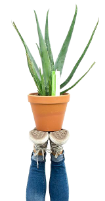
Blog
New in
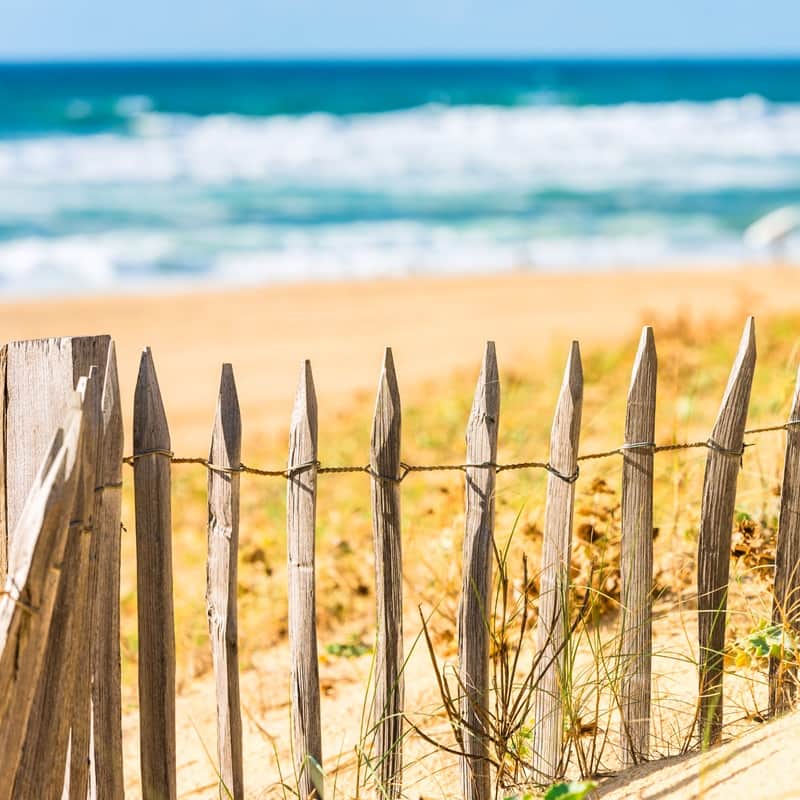
The advantages of chestnut fences as an enclosure for your garden or terrace
28/02/25
2 min reading time
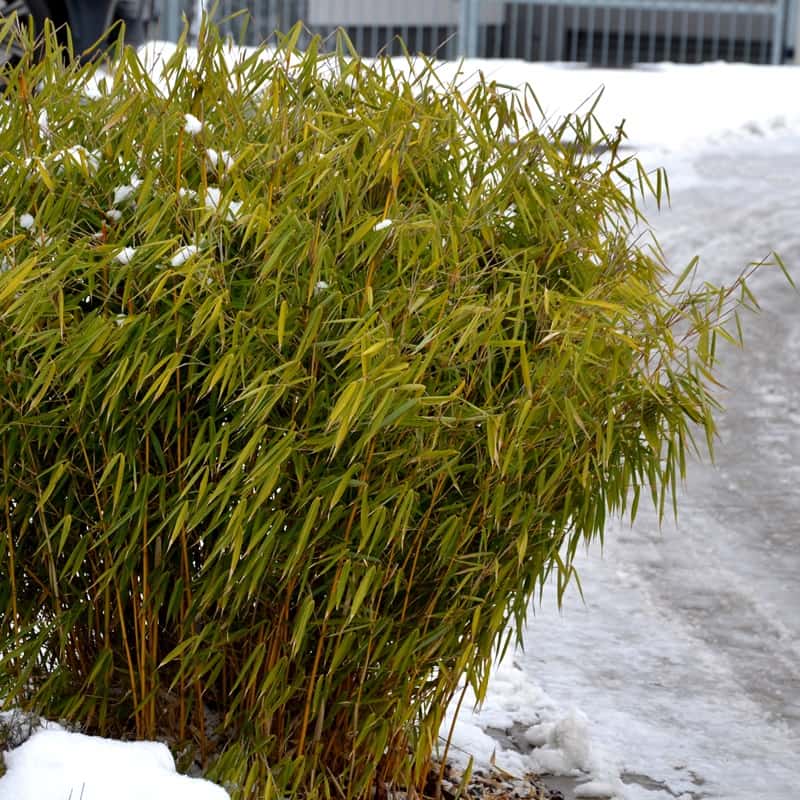
Caring for Fargesia bamboo: tips and advice
20/01/25
2 min reading time
More inspiration

The advantages of chestnut fences as an enclosure for your garden or terrace
28/02/25
2 min reading time

Caring for Fargesia bamboo: tips and advice
20/01/25
2 min reading time
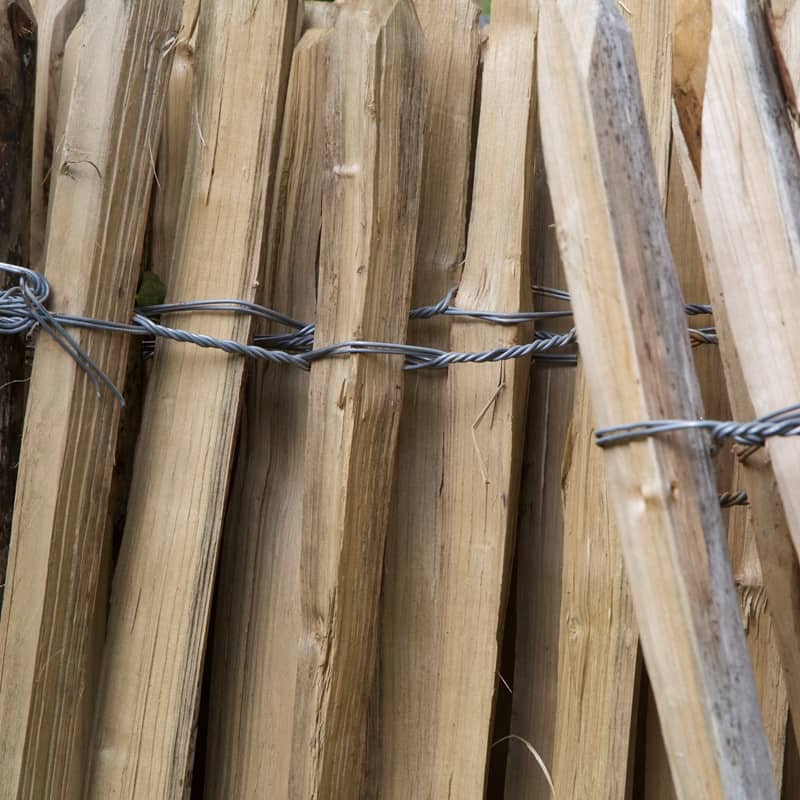
Chestnut fencing vs other types of fencing: what are the advantages and disadvantages?
20/01/25
2 min reading time

Controlling the most common pests and diseases for indoor plants
10/01/25
3 min reading time
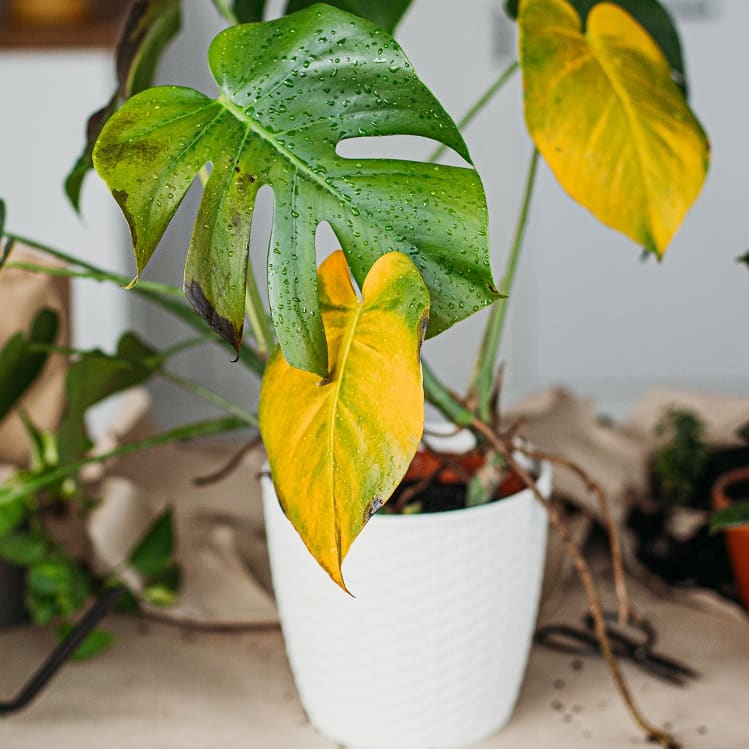
Why are the leaves of my indoor plants turning yellow?
10/01/25
2 min reading time
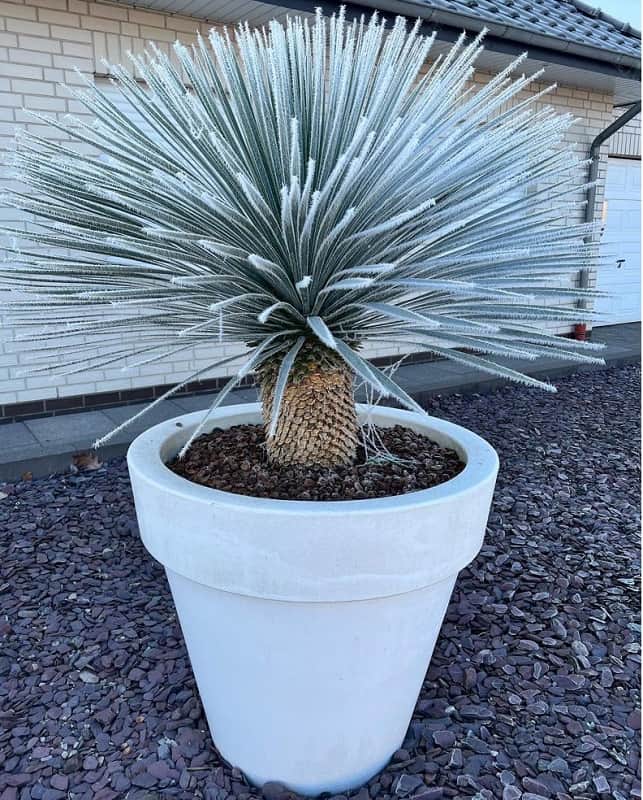
Yucca rostrata: everything you should know
10/01/25
2 min reading time
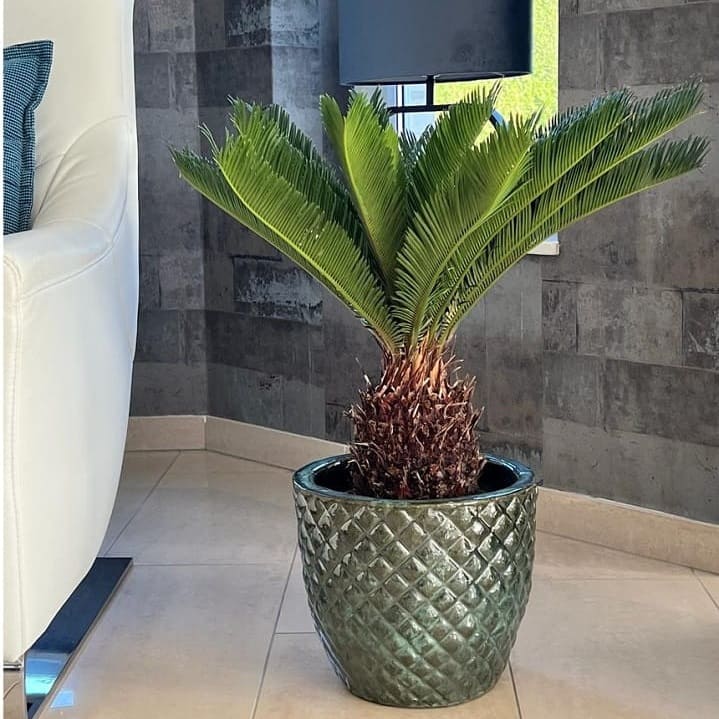
The best ways to keep your Cycas revoluta maintained: tips for beginners
10/01/25
2 min reading time
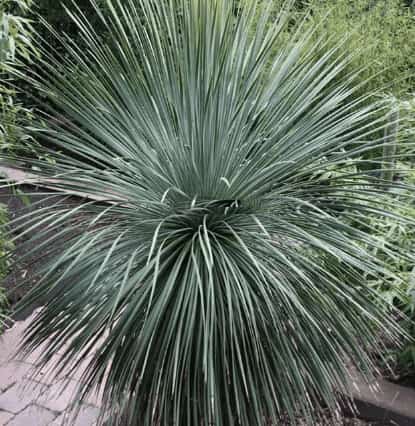
Caring for Yucca rostrata: tips and advice
10/01/25
2 min reading time
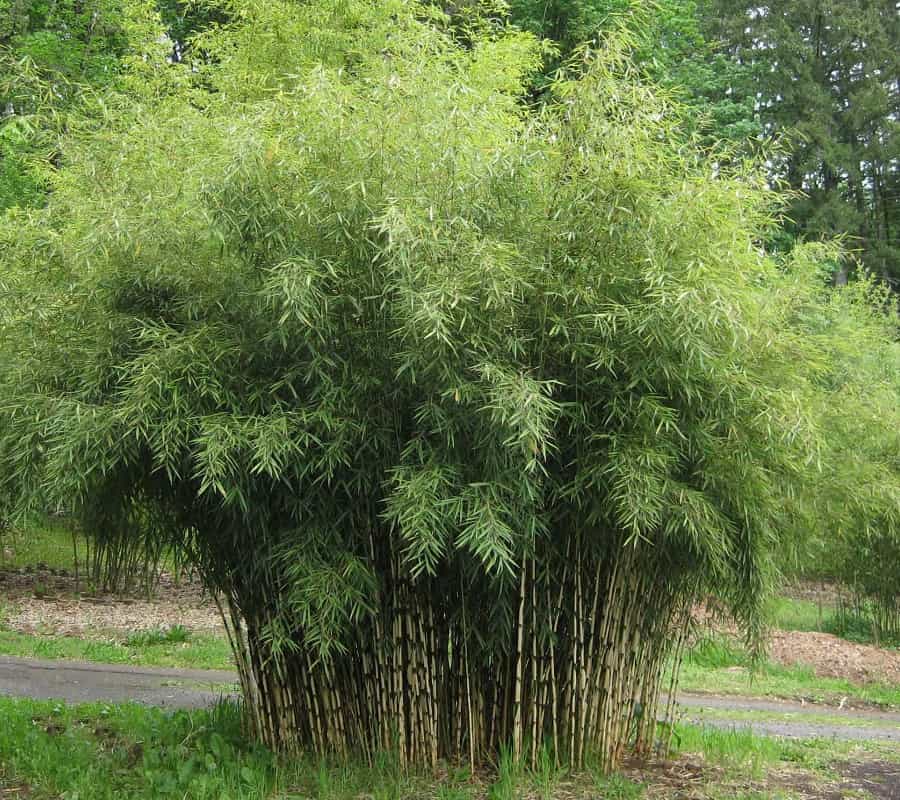
Everything you should know about Fargesia bamboo
10/01/25
2 min reading time
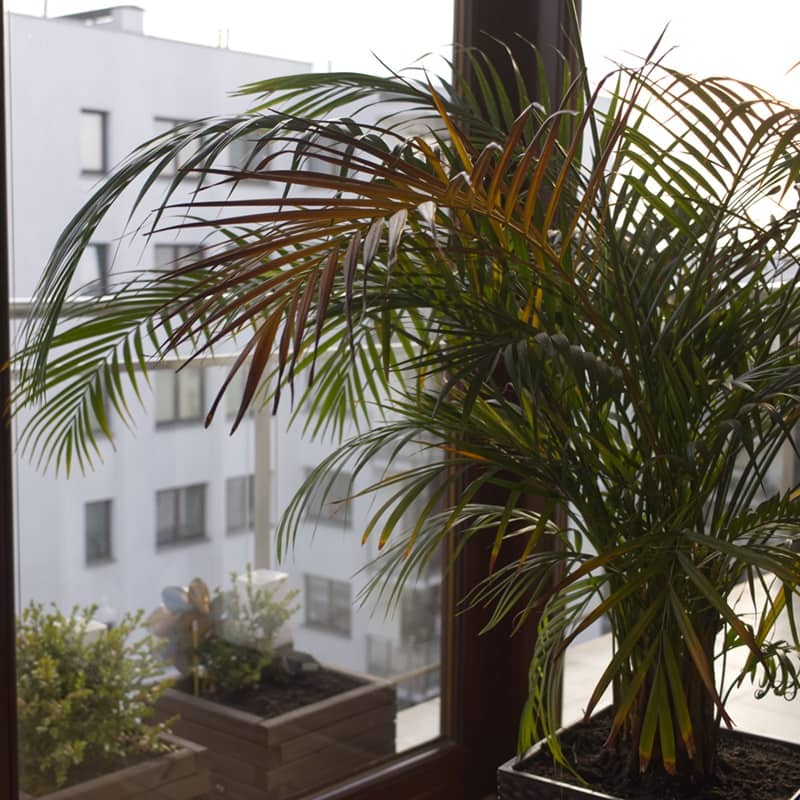
Why is my indoor palm tree becoming brown?
10/01/25
3 min reading time
